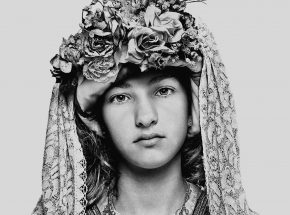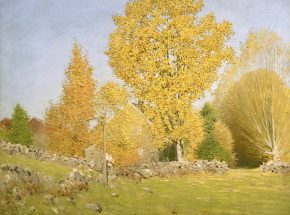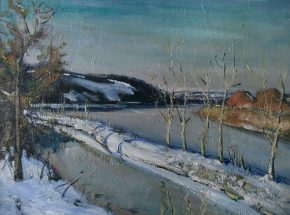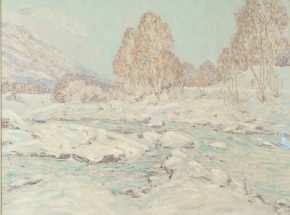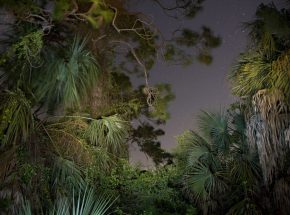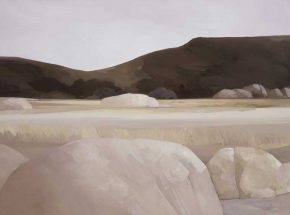
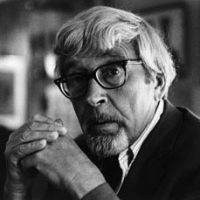
John Heliker painted traditional landscapes, portraiture, and still life in his semi-abstract compositions. Inspired by European artistic traditions, Heliker rendered scenes that were considered “studies in the almost-seen, the not-quite comprehended. They bewitch with their powers of suggestion.” During the mid-1950s, his work became softer and more improvisational with “quick, stabbing brush works and bits of drawn line.” In his interior settings, his figures are set with blurred faces, highlighting the subjects’ anonymity and allowing the viewer to question the sitters’ identity as well as themselves.
Source: American Academy of Arts and Letters, the New York Times
